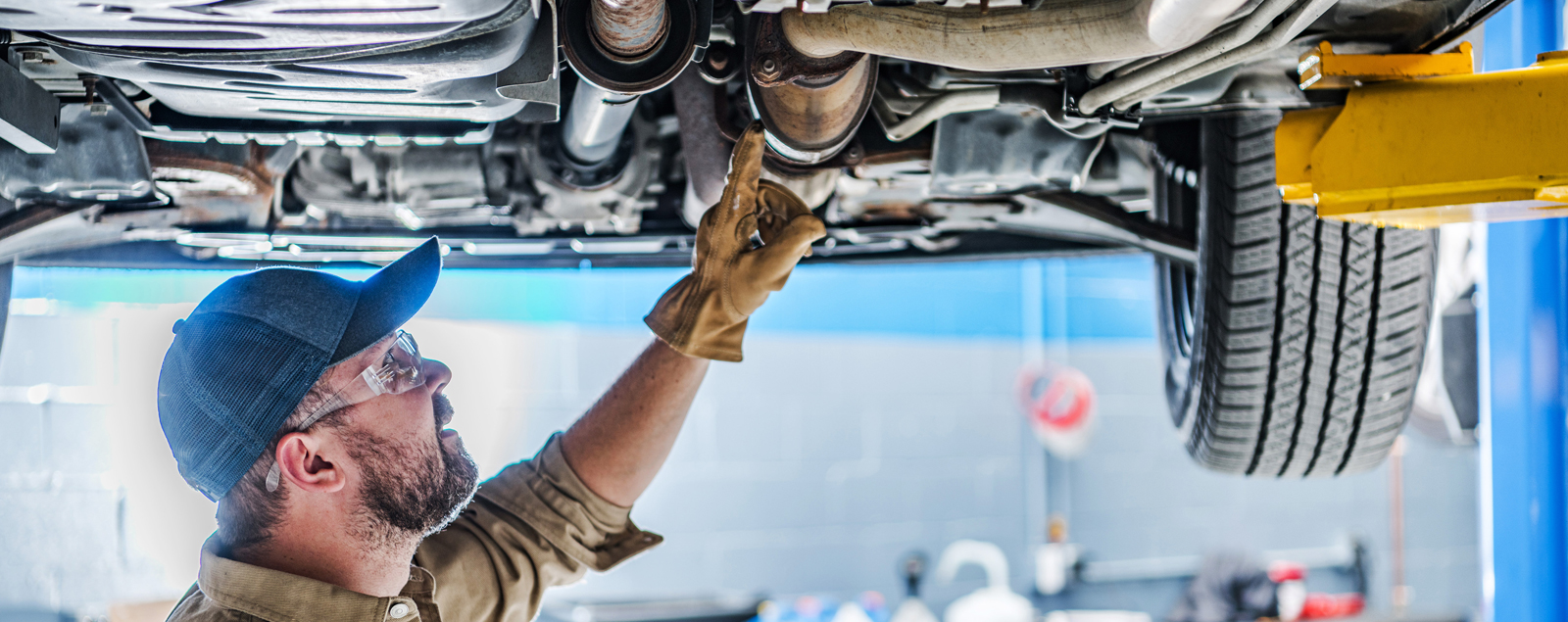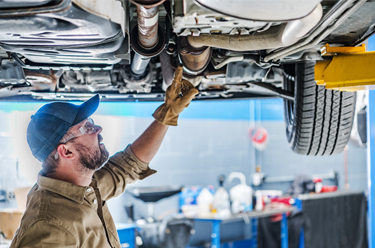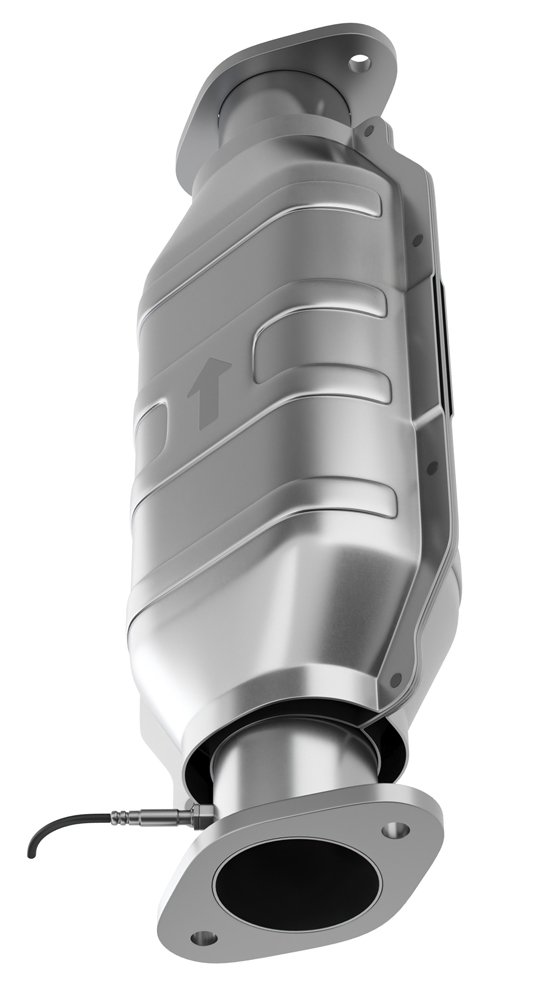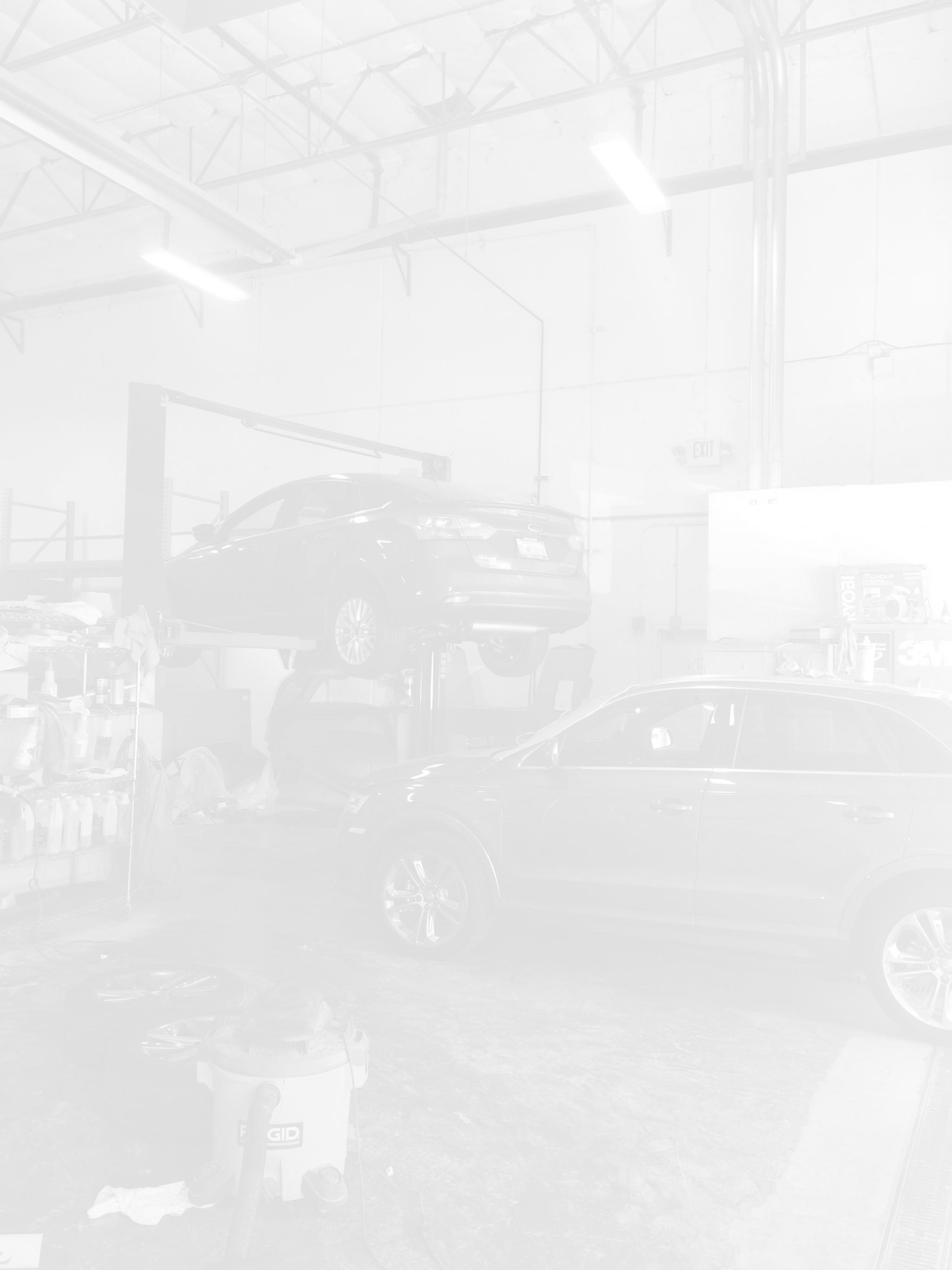

Customers who need replacement catalytic converters often prefer the lower cost and greater availability of the aftermarket part rather than the recommended OE option. Unfortunately, these aftermarket catalytic converters often have bad reputations of quickly failing, and many assume it’s because they are not made with the same quality standards as their OE counterparts. While the old adage of ‘you get what you pay for’ often rings true, it is also true that if you don’t properly install it, you will probably have a warranty case on your hands. It may be surprising how many aftermarket converters that were deemed defective were simply not broken in properly.
Any replacement catalytic converter needs a proper break-in period, just like a new engine or a set of new brake pads. This will ensure that the converter will continue to work the way it is supposed to and deliver the required emissions reliability and long service life. If the converter is not warmed up (or broken in) properly, the substrate inside could be adversely affected and eventually cause the converter to fail. The problem typically occurs when a shop installs the converter and immediately returns the vehicle to the customer. The customer drives away and runs the car for a long distance or lets the vehicle idle for an extended period. Under these conditions, the matting in the converter, which is intended to secure the substrate, will not expand properly to hold it in place.
Converter matting is made from a mineral called vermiculite, which is held together by a fiber mat and an organic binder. This matting is wrapped around the converter’s ceramic brick and installed in the converter in an unexpanded state. During the first heat-up, the fiber mat and binder burn off and the matting gets looser before it expands to fill the converter cavity to hold the ceramic brick in place. If the warm-up is not done properly, the brick can come loose and get damaged. Any rattle you might hear inside the converter shell is a telltale sign of this problem.

Here is a typical catalytic converter break-in procedure:
- Start the engine but do not rev the engine.
- Idle the engine and allow it to warm up slowly.
- After five minutes, increase the engine speed to 2,500 rpm.
- Hold at 2,500 rpm for two minutes.
- Allow the engine to cool down.
- Road test to confirm correct installation.
The best way to avoid any service issues and potential warranty problems is to include the warm-up period as a key part of your overall converter installation procedure. This heating cycle will allow for correct matting expansion. And more importantly, the customer will be less likely to return with a rattling exhaust system and the shop can avoid any warranty headaches.
Want to see how ALLDATA can improve shop efficiency? Check out our suite of products, each designed to contribute to both shop efficiency and productivity.
If you would like to read more articles like this one please subscribe to ALLDATA News.








